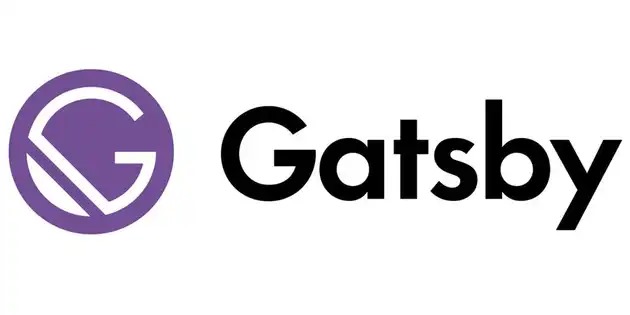Gatsby: A Comprehensive Guide to the Meta Framework
 Cindy Muthoni
Cindy Muthoni
In the fast-paced world of web development, where user experience is king and page load times can make or break a website, developers are constantly seeking tools and frameworks that can help them build high-performing, scalable, and feature-rich web applications. Enter Gatsby, a groundbreaking meta framework that has been redefining the way developers approach web development. In this comprehensive guide, we’ll delve deep into what Gatsby is, explore its key features, examine real-world use cases, and provide you with the knowledge and resources you need to leverage Gatsby to its full potential.
What is Gatsby?
At its core, Gatsby is a static site generator built on top of React, GraphQL, and Webpack. However, calling Gatsby just a static site generator would be a gross oversimplification of its capabilities. Gatsby is much more than that; it’s a powerful meta framework that combines the best practices of static site generation, progressive web app (PWA) development, and modern web technologies to deliver lightning-fast web experiences.
The key idea behind Gatsby is the concept of the “JAMstack” (JavaScript, APIs, and Markup), which advocates for decoupling the frontend and backend of web applications and serving pre-rendered static assets whenever possible. By pre-rendering pages at build time and leveraging client-side JavaScript for interactivity, Gatsby achieves the perfect balance between performance, SEO, and dynamic content.
Subscribe to my newsletter
Read articles from Cindy Muthoni directly inside your inbox. Subscribe to the newsletter, and don't miss out.
Written by
